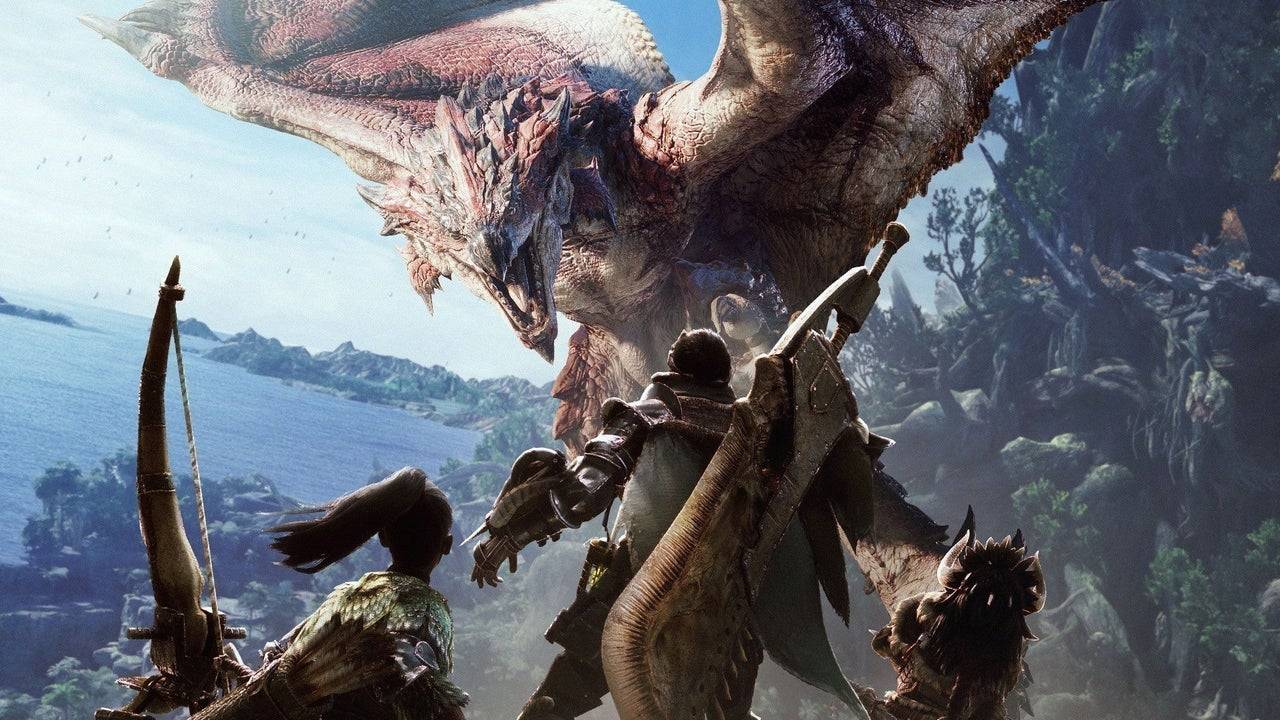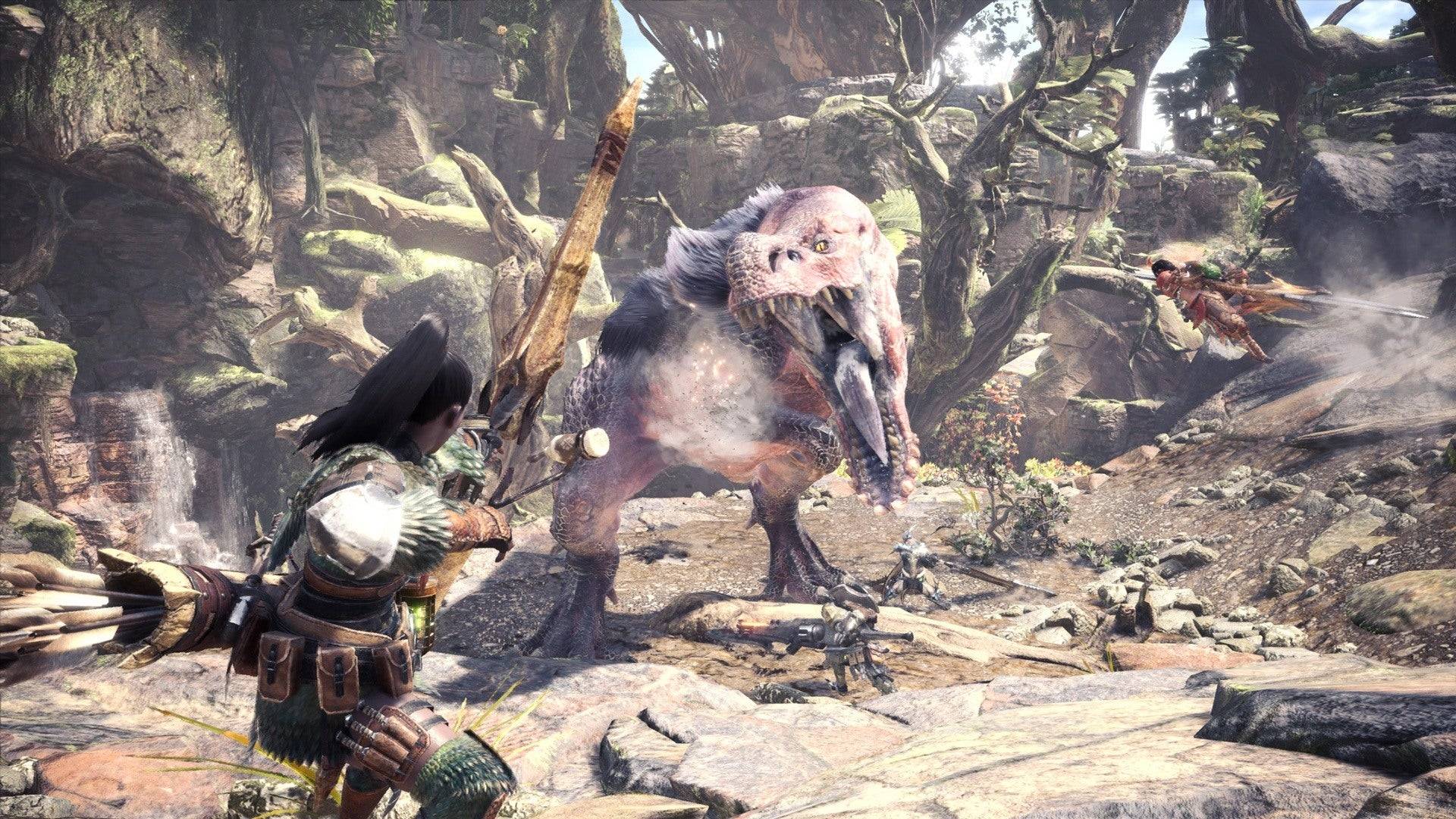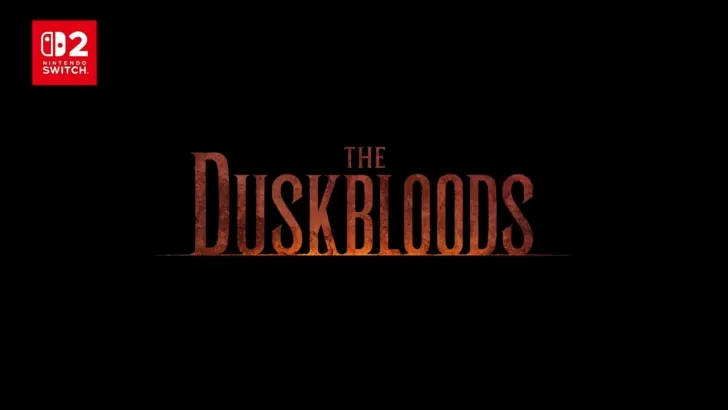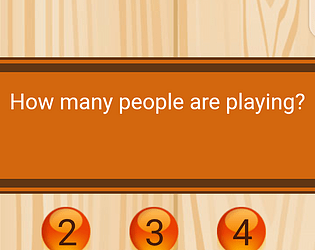As one of Steam's most pre-ordered games right now, Monster Hunter Wilds is poised to be a massive hit. For those new to the series, the complexity and depth of Monster Hunter games can be overwhelming. While Wilds will likely include a comprehensive tutorial, diving into a previous game can provide a smoother entry into this intricate world. Before you venture into the vast and dangerous landscapes of Monster Hunter Wilds, we highly recommend playing 2018's Monster Hunter: World.
Our recommendation for Monster Hunter: World isn't tied to any narrative continuity or cliffhanger that would leave you confused in Wilds. Instead, it's because World closely mirrors the style and structure of Wilds. Playing World is an excellent way to familiarize yourself with the series' often complex systems and gameplay loop, preparing you for what's to come.

Why Monster Hunter: World?
If you're familiar with Capcom's recent releases, you might wonder why we're suggesting Monster Hunter: World over the more recent Monster Hunter Rise. While Rise is an excellent game, Wilds appears to be a direct successor to World rather than Rise. Rise introduced innovative mechanics like rideable mounts and the Wirebug grapple, but these came at the cost of the larger, seamless zones that World offered. Originally designed for the Nintendo Switch, Rise focused on speed and smaller zones, which streamlined the gameplay loop but sacrificed some of the expansive exploration and detailed ecosystems that World provided. These are the elements that Wilds seems to be reviving and expanding upon.
World's large zones and emphasis on tracking monsters through a detailed ecosystem serve as a blueprint for Wilds' expansive open areas. This makes World the perfect game to prepare you for the thrilling hunts across varied terrains that modern Monster Hunter games are known for. While Wilds' story isn't a direct continuation of World's, the approach to storytelling and campaign structure in World will set your expectations for Wilds. You'll encounter familiar elements like the Hunter's Guild and Palicos, which, while not connected to previous entries, are staples of the series, much like recurring elements in the Final Fantasy series.
Practice, Practice, Practice
Beyond understanding the Monster Hunter universe and campaign structure, the strongest reason to play Monster Hunter: World first is its challenging combat. Wilds features 14 weapons, each with unique playstyles and strategies, all of which are also present in World. By playing World, you can get a head start on mastering these weapons, learning their techniques, and finding the one that best suits your playstyle. Whether you prefer the agility of dual blades or the power of the greatsword, each weapon in Monster Hunter demands focus and practice to master. World serves as an ideal training ground for building proficiency with these weapons.

In the Monster Hunter series, your weapon is your primary tool for success. Unlike traditional RPGs, your abilities and stats are tied directly to your weapon, which functions like a character class. World teaches you how to upgrade weapons using parts from slain monsters and navigate the weapon tree. It also emphasizes the importance of positioning and attack angles over raw damage output. Understanding where to strike a monster for maximum impact is crucial, whether you're using a Longsword to slice off tails or a Hammer to knock enemies down.
Mastering the tempo of each hunt is another advantage World offers. The Slinger, a tool attached to your hunter's arm, allows you to use special gadgets and ammunition, a feature returning in Wilds. Learning when to use items like Flash Pods or poison knives can significantly impact your battles. Familiarity with World's crafting menus and recipes will also help you when you start using Wilds' versions.
As you progress in World, you'll uncover more layers of the Monster Hunter experience. The gameplay loop involves tracking monsters, gathering resources like ore and honey, and preparing for the hunt. This routine becomes second nature, and understanding the rhythm of each hunt will give you a significant advantage in Wilds.
A hunt in Monster Hunter is not about rushing in for a quick kill; it's a deliberate process that takes time, especially on your first encounter. Learning the intricacies of each monster, from the fire-breathing Anjanath to the bomb-dropping Bazelgeuse, builds foundational knowledge that will serve you well in Wilds. Given that Wilds aims to capture the scope and scale of these adventures similarly to World, the 2018 game is the ideal training ground.
Additionally, if you need another incentive to play Monster Hunter: World before Wilds, you can earn free Palico armor by importing save data from World into Wilds, and an extra set if you have data from the Iceborne expansion. It's a small perk, but customizing your Palico is always fun.
While it's not necessary to play a previous Monster Hunter game before starting a new one, the series is unique and complex. Capcom has been working to make the learning curve more manageable with each release, but the best way to prepare for Monster Hunter is by playing Monster Hunter. While many will enjoy jumping straight into Wilds, there's no better time than now to play Monster Hunter: World and get acquainted with the series' language and community before Wilds launches on February 28, 2025.






